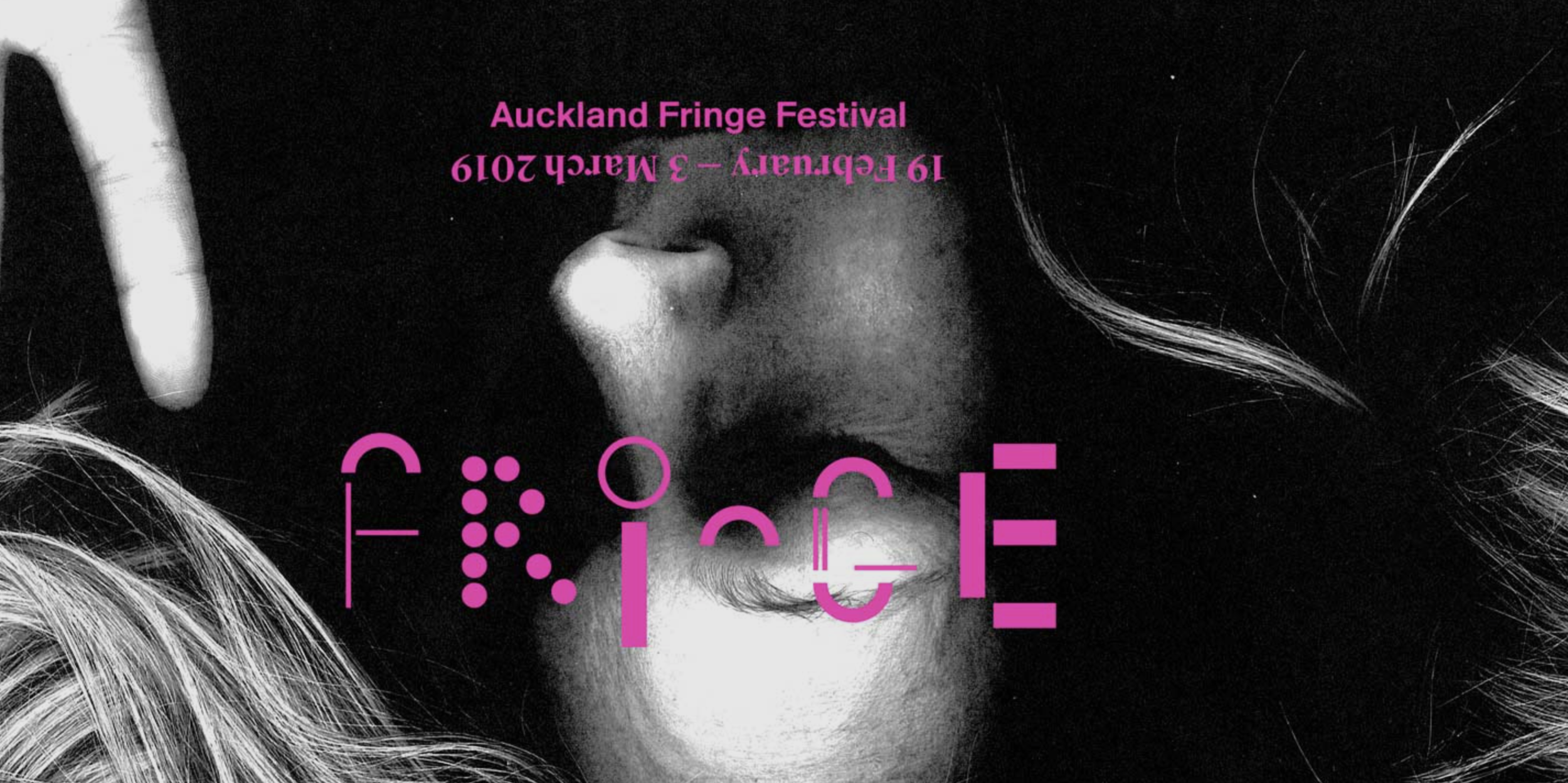What were the challenges you faced during the process?
Expressing and forming feelings into words, specifically scenarios that are so close to home. Writing out the pains and mistakes and fully realising those on the pages of my script; I avoided writing the hardest scenes till I just knew I had to, to finish the script. Another challenge for me was trusting myself as a writer. Trusting myself that the truth and story I have to share mattered.
What do you think makes a good story?
A story of truths. A story that explores the ugly and the complex. A story that activates the space and the people within it and engages people to think, question, maybe challenge and wonder.
How do you want people to feel at the end of your play?
I want people to feel love, to be hurt, uplifted and inspired by it. I want people to feel and understand one’s *malasakit at pagmamahal sa kapwa’t pamilya*
*Loose translation- selflessness/sacrifice/devotion/concern and love for fellow people and family.
‘Who’ did you write your play for?
I wrote this for any young adult who is having to; re-identify with themselves, dissect their multi-layered culture and re-evaluate the real importance and value of ‘love’ and ‘family’. I wrote this for the person I was last year and the year before.
What character was the easiest to write?
Mama. I have so much gratitude for her complexities and immense capability to love that I really enjoyed exploring her energy and essence.
Can you explain the ‘theatrical’ ideas/concepts utilized in the play that you describe?
I wanted to explore and stretch my story past dialogue and I have delved into movement, sound and music. Featuring my awe for Kapa Haka, Tinikling and love for Filipinos karaoke culture. Movement gives me the freedom to express what words can’t hold and moulds together the 3 different languages the character Alex engages with; English, Tagalog and Te Reo. It’s hard to fully translate from one language to another and to actually keep the essence and actual definition of the word just like the word ‘malasakit’ in the question above. Regarding the musicality of the piece, for me music and singing is used when the emotions being communicated surpasses the dialogue; speaking no longer suffices.









